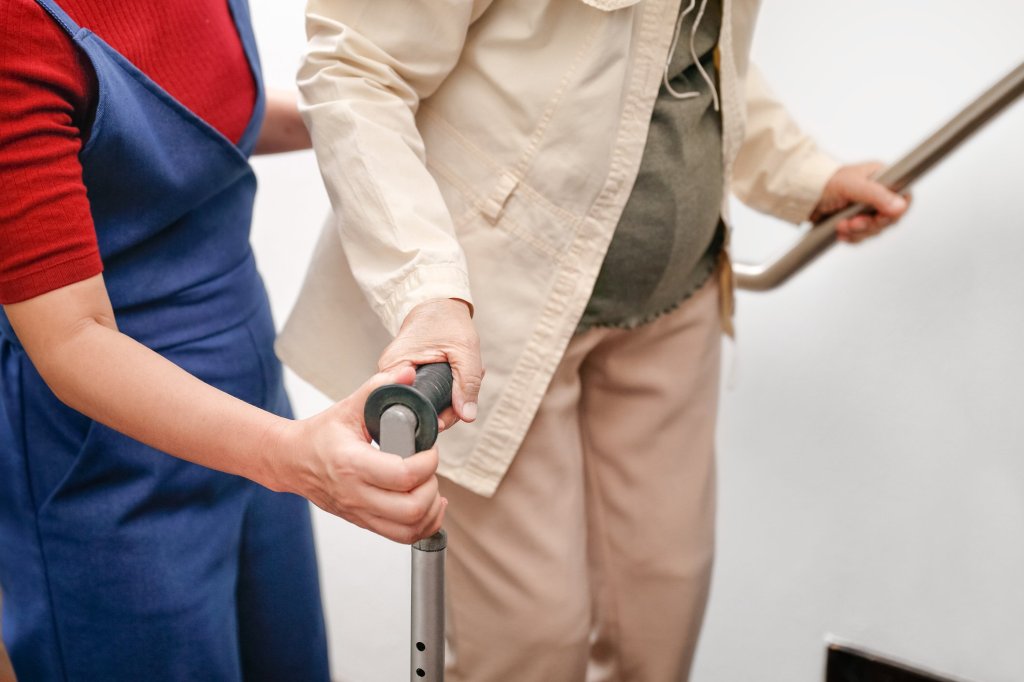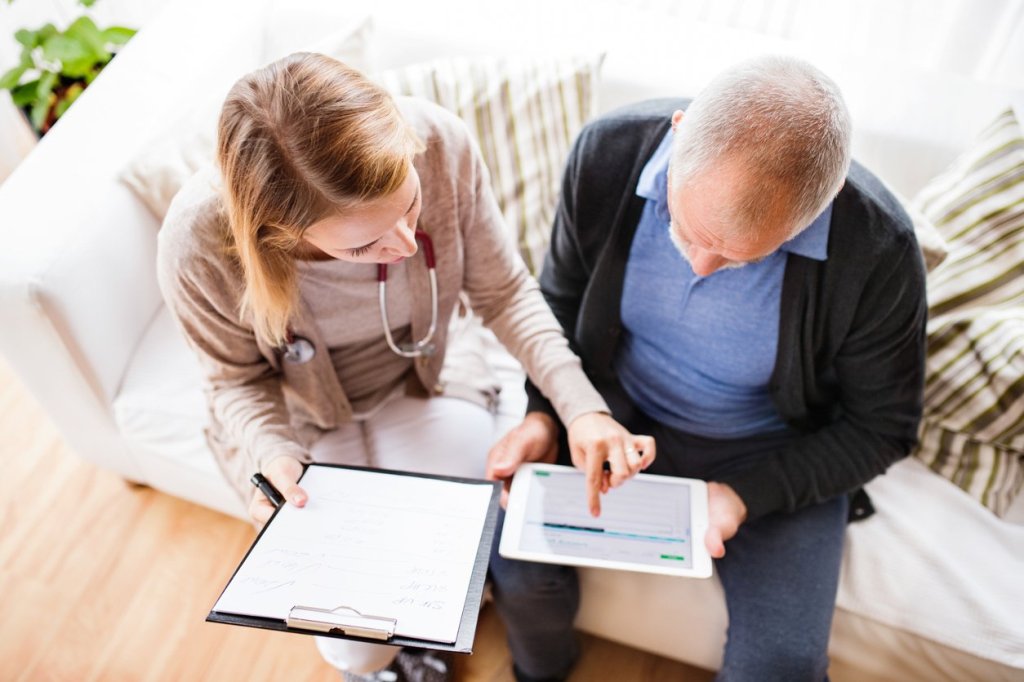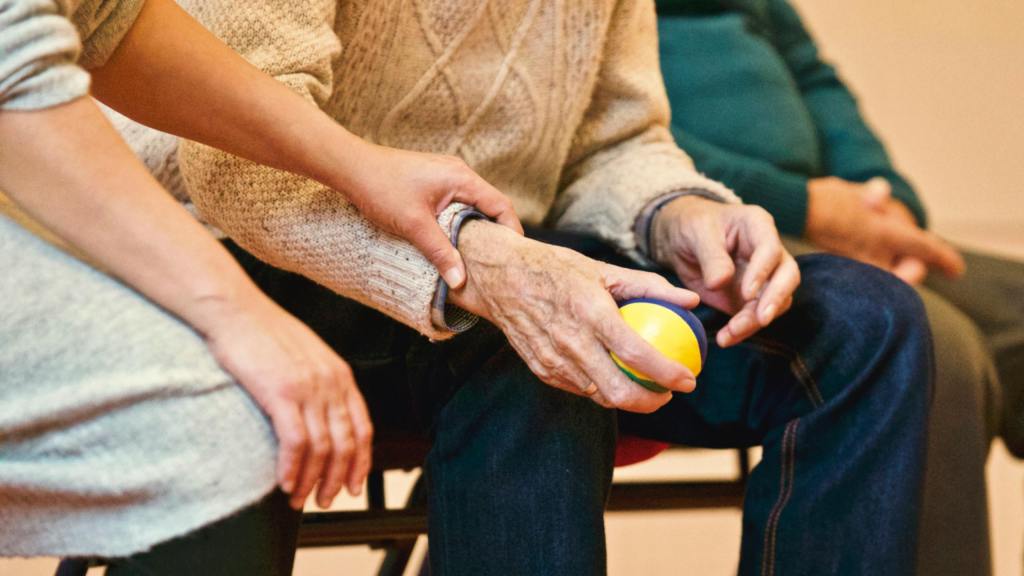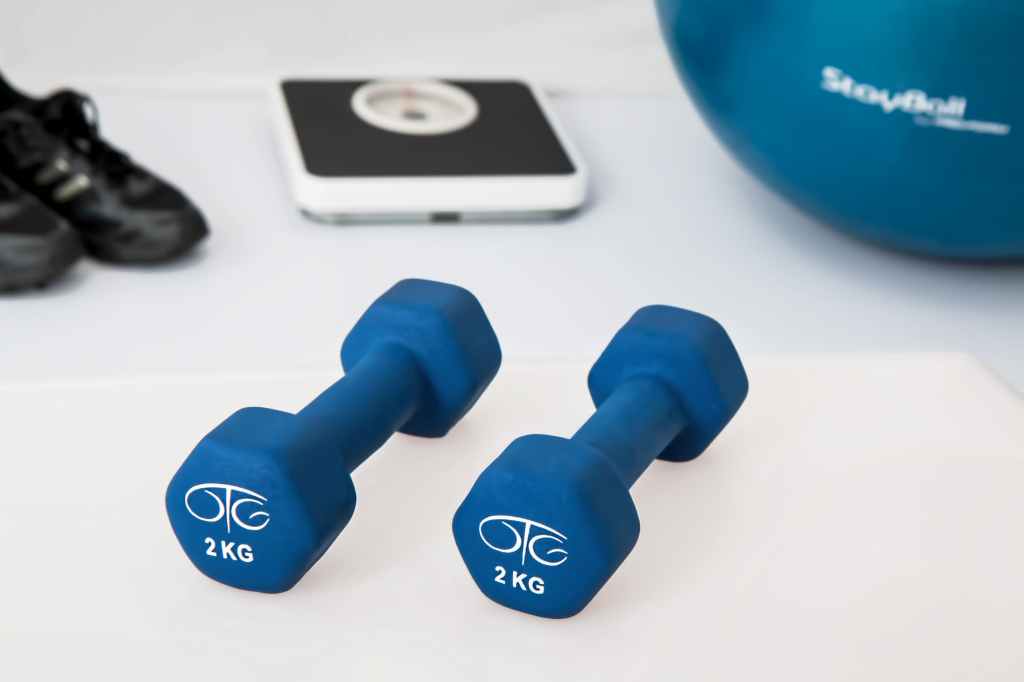
A Caregiver’s Guide to Fall Prevention in Older Adults
Reduce Fall Risks by Eliminating Fall Hazards in the Home
One of the most important things you can do as a caregiver is to evaluate your loved one’s living environment to remove common hazards. Follow these steps to make your loved one’s home safer:
- Reduce clutter. Look for piles of magazines or clothing on the floor. Pay special attention to walkways throughout the home, removing or rerouting any electrical or phone cords in these areas that could pose a tripping hazard.
- Open high-traffic areas. Consider the most common areas your loved one navigates throughout the home and remove objects like coffee tables and end tables, plants, floor lamps, and magazine racks that can impede walking paths.
- Secure flooring. Area rugs and throw rugs that aren’t secured to the floor can pose a tripping hazard, particularly if your loved one uses a walker or cane. Either remove them from the home or secure them to the floor with slip-resistant backing or double-sided tape. Likewise, any loose tiles or floor boards should be repaired promptly.
- Store frequently used objects within reach. If your loved one uses a stool to reach clothing on the top shelves of her closet or a pan from an upper cabinet, she may be more at risk for falls. Keep the most frequently used items within reach.
- Clean up spills and messes promptly. It can be difficult for older adults to manage some physical tasks, such as bending down to wipe up spilled coffee or juice, but these accidents can leave floors slippery, increasing her risk of falling. If you can’t be with your loved one full-time, consider a personal care aide or companion caregiver who can help with these types of household tasks.
- In the winter, keep outdoor sidewalks and walkways free of snow and ice.
In some cases, more significant home modifications enable older adults to remain in their homes much longer as they age. For instance, you might consider remodeling the home to include a first-floor bedroom and bathroom to reduce the need for your loved one to navigate stairs.
Using Assistive Devices to Reduce Your Loved One’s Risk of Falls
Technology and assistive devices can be helpful in preventing trips and falls, as well. Consider adding these assistive devices to your loved one’s home:
- Install grab bars and non-slip mats in bathrooms. Bathrooms are one of the highest-risk areas in the home for seniors; in fact, 80% of falls in the home happen in the bathroom. Grab bars and non-slip mats can make it easier for older adults to get in and out of the bathtub or shower and sit down and rise from the toilet. Shower seats can also be helpful for older adults who have difficulty staying steady in the shower. A hand-held shower nozzle is often easier to work with for reaching all the essential areas without too much bending and twisting.
- Install adequate lighting throughout the home. Poor lighting can make it difficult for older adults — particularly those with vision impairment — to see obstacles and other hazards as they navigate the home. Use night lights in hallways, bedrooms and bathrooms, place lamps within easy reach of beds, and maintain clear paths to all light switches throughout the home.
- Ensure handrails are installed on both sides of staircases. Stairs are a particularly risky area for older adults, so ensuring that these areas are well-lit with handrails on both sides can greatly enhance the safety of your loved ones, allowing them to steady themselves.
- Consider smart lighting solutions. There are a range of solutions that your loved one can control by voice, automatically when entering a room or through apps. Using these tools eliminates the need for your loved one to make their way to the other side of a room to turn on the lights, which can be particularly helpful in tight spaces.
- Consider mobility aids. If your loved one has difficulty with balance, a mobility aid such as a cane or walker can help.
- Provide proper footwear. Your loved one’s shoes should be well-fitting and comfortable. Ensure that proper footwear is easily accessible throughout the home. For instance, you don’t want your loved one to have to walk upstairs to get their comfortable walking sneakers before heading outside. It’s a good idea to have appropriate shoes on each floor of the home and near areas where they’re typically needed, such as in the bathroom or by the door. (But do be careful that extra shoes don’t end up contributing to clutter on the floor.)
Some older adults are initially resistant to the idea of needing “help” getting around the home. However, most seniors come around after recognizing how much safer they’ll be — and how much easier it is to go about their daily lives. If your loved one is prone to falls, a medical alert device offers peace of mind when you can’t be by their side.
Improving Your Loved One’s Health for Caregivers
Removing clutter and other home hazards is helpful, but staying healthy and maintaining strength is an older adult’s best defense against falls. It’s a good idea to make an appointment with your loved one’s primary healthcare provider to discuss your fall prevention plan. At this appointment, you’ll want to review your loved one’s list of medications and supplements. Some medications have side effects such as drowsiness, dizziness, or even blurry vision, all of which can increase their risk of falling. When you know what side effects to watch for, you can be proactive if those symptoms start to appear. You can also take the opportunity to discuss possible alternative treatments should any medications cause unwanted side effects. You’ll also want to discuss your loved one’s current health conditions. Some eye and ear conditions, for instance, can increase a person’s risk of falling. A healthcare provider can also evaluate your loved one’s walking style, balance, and muscle strength and discuss any symptoms noticeable when walking, such as shortness of breath, dizziness, and pain or numbness in the limbs or joints. This information is important for evaluating an older adult’s risk of falling, but it can also provide a healthcare provider with insights into possible health concerns that haven’t come up in previous visits. In addition to their primary healthcare provider, your loved one should have regular eye exams to keep their prescription current. You should also talk to other family members to keep everyone on the same page while making sure that everyone keeps their eyes open for possible hazards and warning signs. Regular physical activity is essential for maintaining strength and balance throughout life. And it’s never too late to start; there are plenty of activities and exercises that can be modified to suit older adults at varying fitness levels. Encourage your loved one to engage in regular physical activity by suggesting simple exercises such as taking a walk, gardening, or even joining in a local senior fitness class. Physical activity doesn’t have to be strenuous to be helpful; any movement helps to maintain mobility and balance. Finally, don’t ignore the importance of a healthy, balanced diet — proper nutrition is crucial for your loved one’s strength and overall well-being. A caregiver’s role in fall prevention is an ongoing process. Do a walk-through safety assessment of the home every few months to remove any potential hazards, and watch for signs of reduced strength and balance, such as holding onto furniture or walls for balance and difficulty rising from a chair. Notify your loved one’s primary healthcare provider when any changes are noticed; they can recommend options such as physical therapy that can help your loved one regain and maintain strength and balance. Fall prevention requires ongoing effort, but as a caregiver, you can play an important role in reducing your loved one’s risk.
More insights like this:
-

Helping an Aging Loved One Through Declining Mental Health
Read more: Helping an Aging Loved One Through Declining Mental HealthMental health challenges can impact anyone at any time of life. However, older adults tend to be more vulnerable to depression and other mental illnesses, on average, with 14% of adults aged 60 or older suffering from a mental disorder. “If you recognize or hear from a loved one that their day-to-day life is significantly…
-

Delirium vs. Dementia: Causes, Symptoms, Treatments, and Preventative Measures
Read more: Delirium vs. Dementia: Causes, Symptoms, Treatments, and Preventative Measures5 Key Things Family Caregivers Need to Know About Delirium and Dementia Onset and Course Are Key Clues That Caregivers Should Watch Closely Delirium develops suddenly (hours or days) and often fluctuates; dementia progresses gradually over months or years. Acute changes in thinking or attention should trigger urgent medical evaluation. Delirium and Dementia…
-

7 Immune System Booster Tips for Seniors
Read more: 7 Immune System Booster Tips for SeniorsThe immune system is the body’s first line of defense against viruses and infections, but the aging process can weaken the immune system. Throughout the COVID-19 pandemic, this became an increased concern for the caregivers of older or immunocompromised adults, as the risk of more severe symptoms and outcomes was much higher in these…